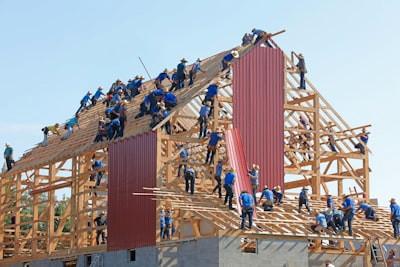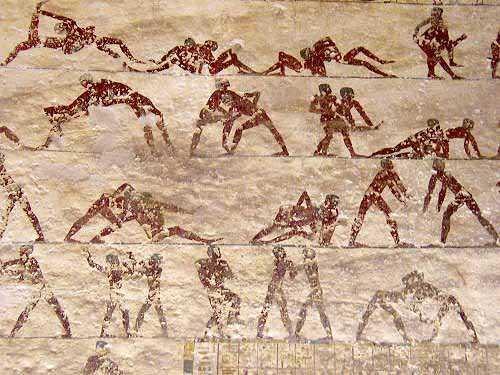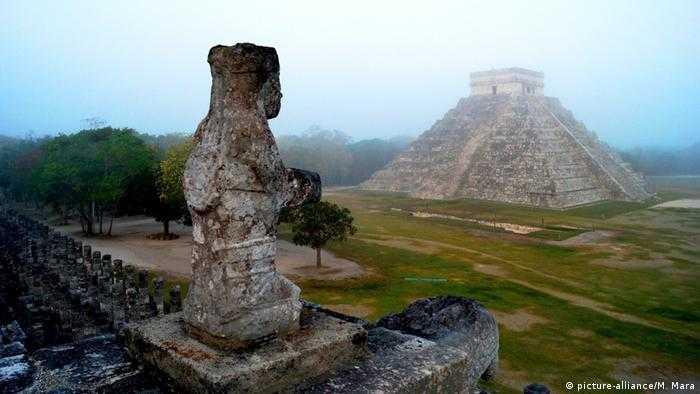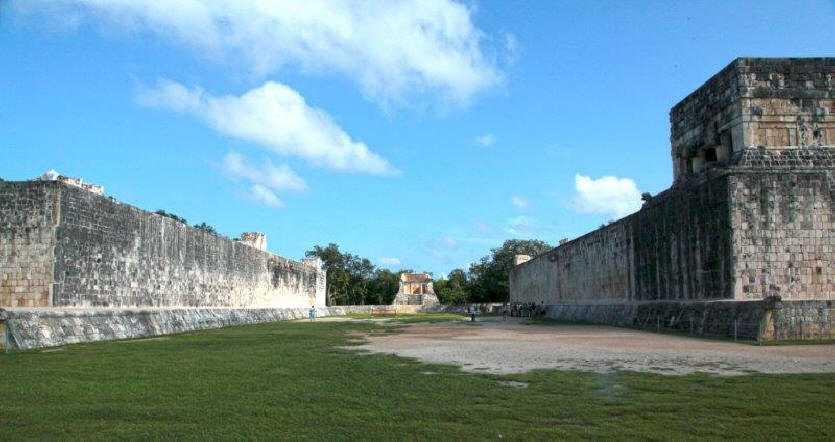Centers of Progress: Chichen Itza (Team Sports)
Curated from: humanprogress.org
Ideas, facts & insights covering these topics:
5 ideas
·1.11K reads
4
Explore the World's Best Ideas
Join today and uncover 100+ curated journeys from 50+ topics. Unlock access to our mobile app with extensive features.
Chichen Itza: The First Ball Games Played In Teams
The Mesoamerican city of Chichen Itza is home to the best-preserved, and largest playing court for the first ball sports played in a team.
The popular sport is known as the "Ball Game" and has been played since 1650BCE. It was played by all its major civilizations from the Olmecs to the Maya to the Aztecs.
63
333 reads
Sports are one of humanity's oldest inventions
The earliest athletic competitions seem to be simple wrestling contests that are represented in cave paintings.
Other popular sports included foot-races, chariot-races, boxing, swimming, and archery. The Ball Game was probably the first sport that resembled modern team ball sports.
57
294 reads
Chichen Itza: one of the greatest Mayan centers
Chichen Itza was founded by the Itza, a Mayan tribe, and was once one of the greatest Mayan centers of the Yucatan peninsula. The Mayan civilization created the most highly developed writing system in the Americas before Columbus landed. The Mayans are also known for a sophisticated calendar and huge architecture.
Today Chichen Itza is a sprawling ruined city in the northern part of the Yucatan Peninsula in modern Mexico. Several prominent stone structures of the city are well-preserved, such as the Warrior's Temple, the Temple of Kukulcan, and the El Caracol - a circular observatory.
58
184 reads
The everyday life of ancient Chichen Itza
- Chichen Itza buildings were originally brightly painted in shades of red, green, and blue.
- The wealthy wore similarly colorful dyed clothes made from animal skins.
- The staple of the Mayan diet, maize, was often boiled in water with lime and eaten as a gruel or porridge mixed with chili pepper, or made into a dough for baking tortillas, flat cakes, or tamales.
- At its peak, the city had a population of 50,000 people.
- In the nortwest part of the city is the ceremonial wall of skulls from victims of human sacrifice.
55
150 reads
The great ball court from Chichen Itza
- The court of Chichen Itza is a massive 225 feet wide and 545 feet long.
- At the ends of the court, the stone walls featured stone hoops, engraved with feathered serpents - images of the deity Kokulkan.
- The court has excellent acoustic qualities, amplifying the cheers of fans and the calls of the ballplayers.
- The sides of the court are lined with benches for spectators. The benches are sloped to help keep the ball in the courts.
- At the end of many games, the losing team was beheaded and sacrificed to the Mayans' deities. That said, the Ball Game occasionally served as a substitute for war.
- A variation of the Ball Game, Ulama is still played today— minus the ritual killing of the losing team.
58
153 reads
IDEAS CURATED BY
Hassan Aziz's ideas are part of this journey:
Learn more about history with this collection
Different Easter traditions around the world
The significance of Easter eggs and bunnies in modern culture
The importance of the holiday in the Christian faith
Related collections
Similar ideas
5 ideas
Centers of Progress: Mohenjo-Daro (Sanitation)
humanprogress.org
5 ideas
Centers of Progress: Alexandria (Information)
humanprogress.org
5 ideas
Centers of Progress: Rome (Roads)
humanprogress.org
Read & Learn
20x Faster
without
deepstash
with
deepstash
with
deepstash
Personalized microlearning
—
100+ Learning Journeys
—
Access to 200,000+ ideas
—
Access to the mobile app
—
Unlimited idea saving
—
—
Unlimited history
—
—
Unlimited listening to ideas
—
—
Downloading & offline access
—
—
Supercharge your mind with one idea per day
Enter your email and spend 1 minute every day to learn something new.
I agree to receive email updates



